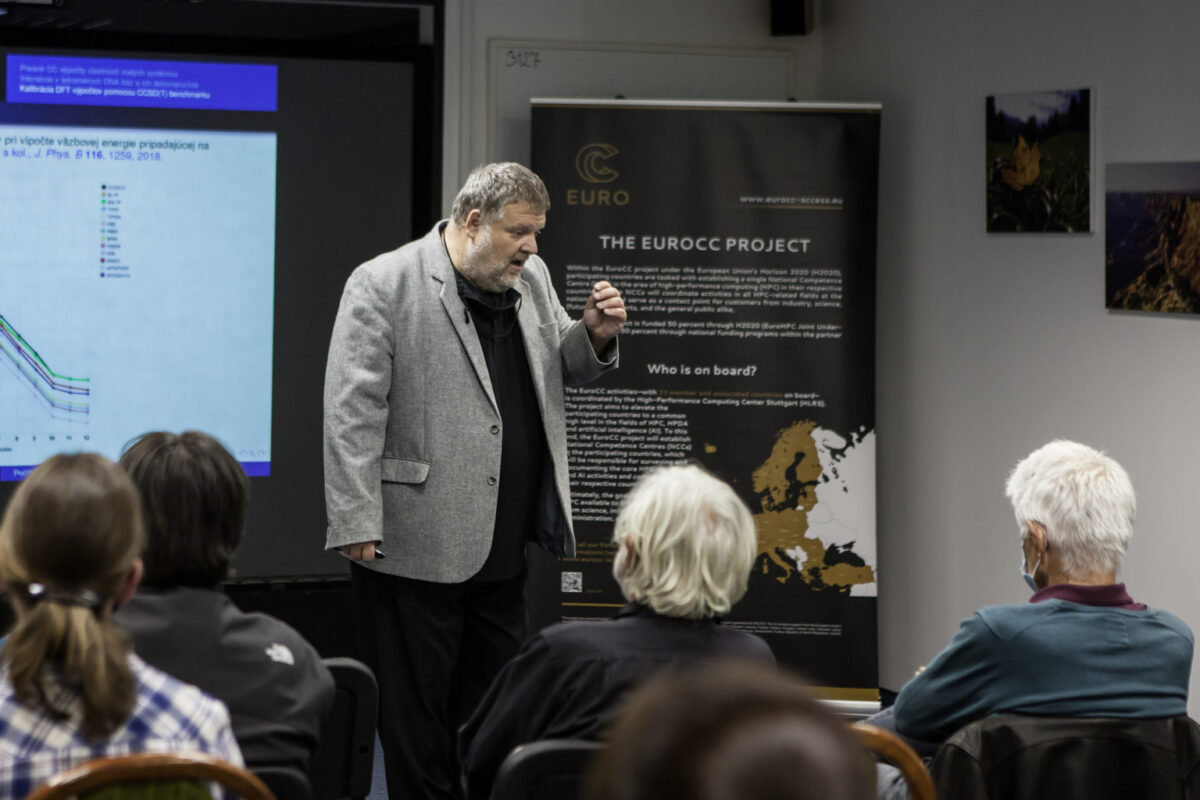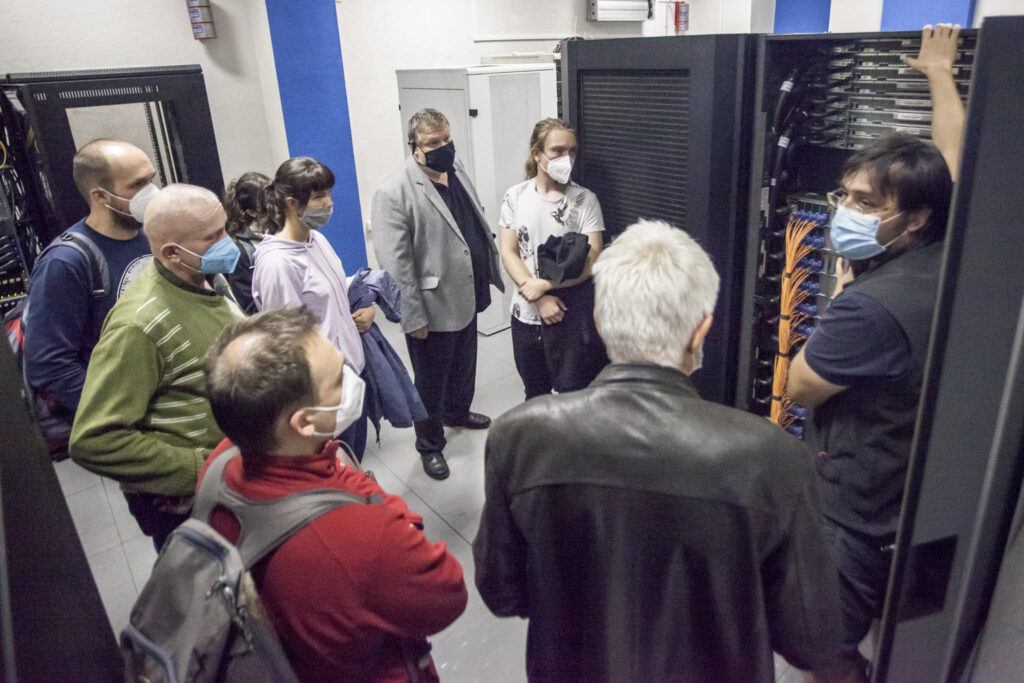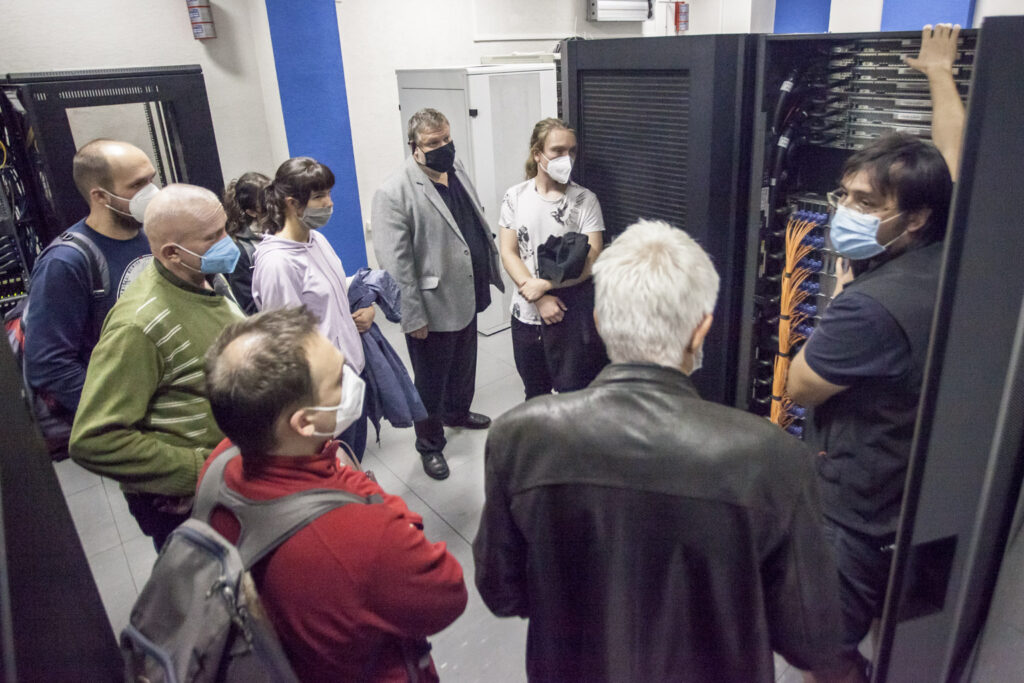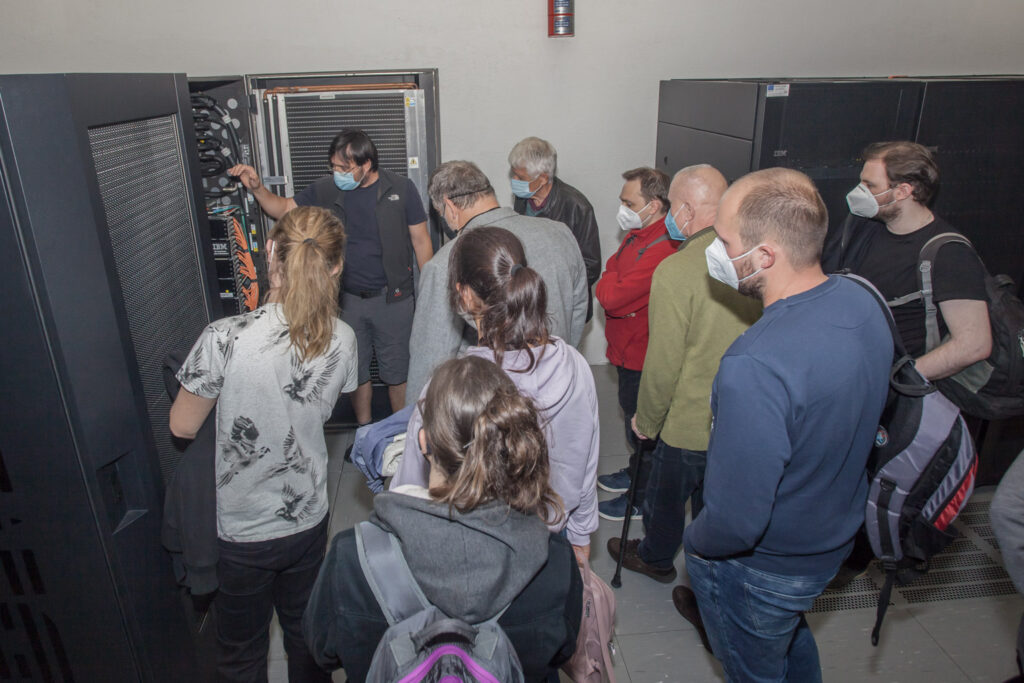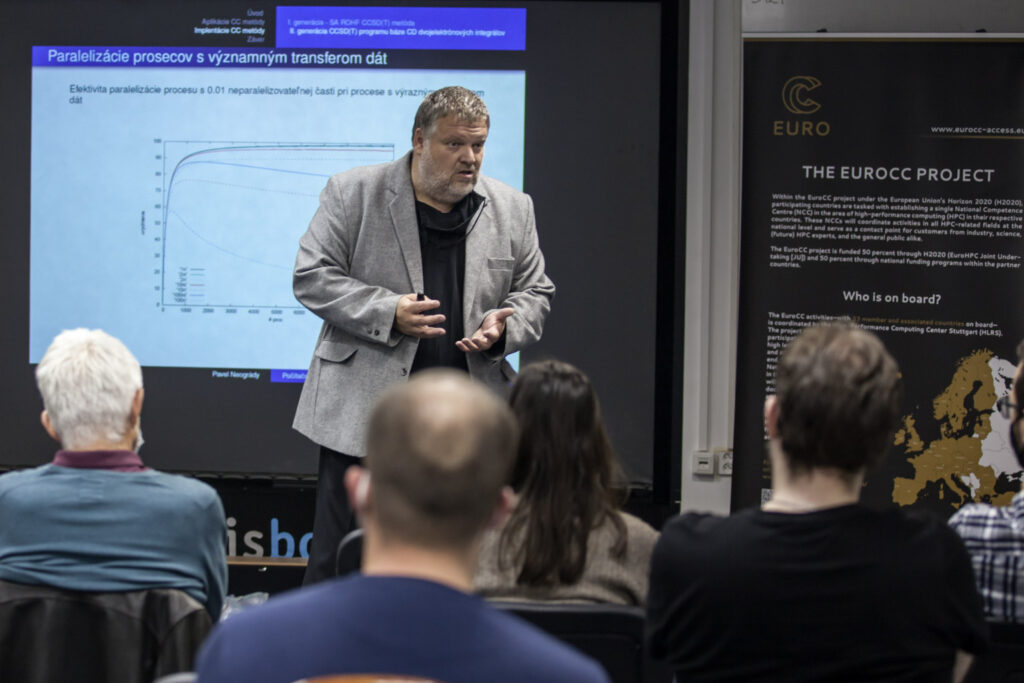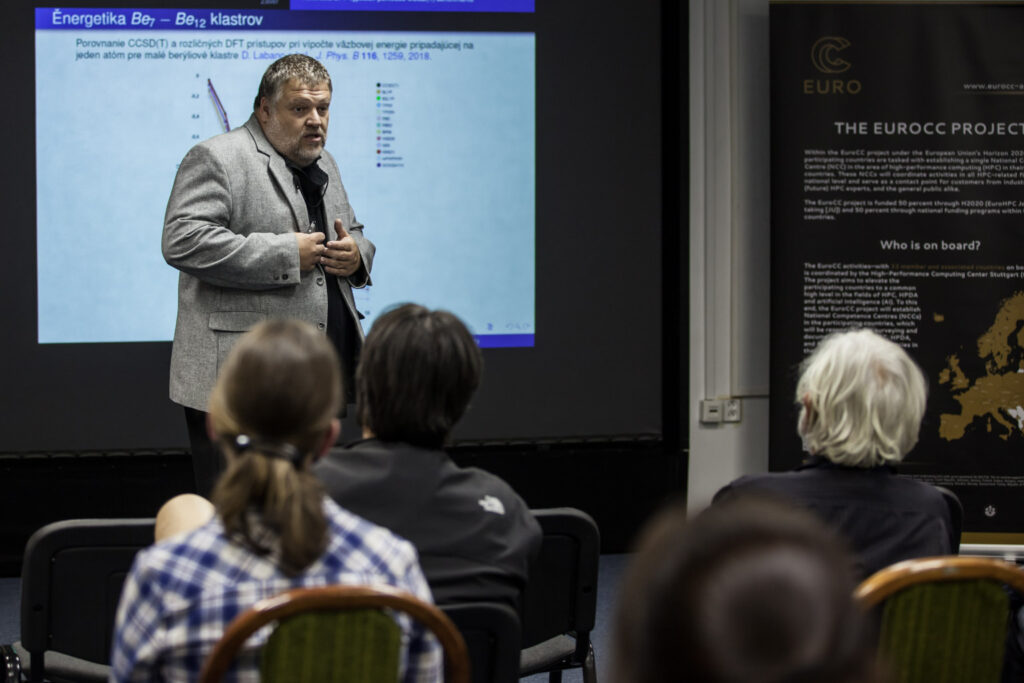Can we exploit the HPC possibilities in basic research effectively?
On October 12, 2021 the second lecture of our „Supercomputing in science“ series took place on the premises of the Computational centre of the Slovak Academy of Sciences Pavel Neogrády from the Department of physical and theoretical chemistry of the Faculty of Natural Sciences CU talked about highly accurate computational methods in the field of theoretical chemistry and about their complexity and numerical intricacies.
There are a lot of HPC users in Slovakia that work with this type of applications and algorithms in their research. As one of the developers of chemical modelling methods Pavel also elaborated on his experience with effective software parallelization and described the main issues in the implementation. Although the computational cost of these methods is prohibitive for modelling larger systems, they are used for calibrating of other methods capable of describing and predicting properties of complex molecules, such as new drugs or materials.
Lecture series is a joint activity of the Computer museum COO SAS and National Competence Center for HPC. NCC, as the primary contact point for HPC in Slovakia, covers, among other things, educational and dissemination activities in this area.
You can watch the recording of the event on Facebook and YouTube and you can already register for our next lectures. Schedule and registration:
- October 26, 17:00 - Development of technology and computer architecture – from 1-processor serial computers to supercomputers
Martin Šperka (Computer Museum, COO SAS) - November 9, 17:00 - Operation systems in multiprocessor clusters
Dušan Bernát (Faculty of mathematics, physics and informatics, Comenius University) - November 23, 17:00 - Short guide to software parallelization
Jaroslav Suchánek (Biomedical Research Center, SAS) - December 7, 17:00 - Federated distributed computing
Ladislav Hluchý (Institute of Informatics SAS) - December 21, 17:00 - Modelling of 2D systems properties using the Quantum Monte Carlo methods
Ivan Štich (Institute of Physics SAS)
More information about the series
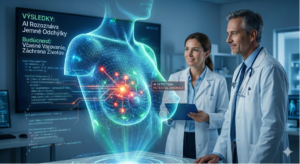 Success story: AI Helps Save Women’s Lives 17 Dec - Strach z rakoviny prsníka je tichým spoločníkom mnohých žien. Stačí jedno pozvanie na preventívne vyšetrenie, jeden telefonát od lekára či jedno čakanie na výsledky – a myseľ je plná otázok: „Som v poriadku?“ „Čo ak nie?“ „Môže sa niečo prehliadnuť?“
Aj keď skríning potvrdí negatívny nález, obavy často pretrvávajú.
Success story: AI Helps Save Women’s Lives 17 Dec - Strach z rakoviny prsníka je tichým spoločníkom mnohých žien. Stačí jedno pozvanie na preventívne vyšetrenie, jeden telefonát od lekára či jedno čakanie na výsledky – a myseľ je plná otázok: „Som v poriadku?“ „Čo ak nie?“ „Môže sa niečo prehliadnuť?“
Aj keď skríning potvrdí negatívny nález, obavy často pretrvávajú.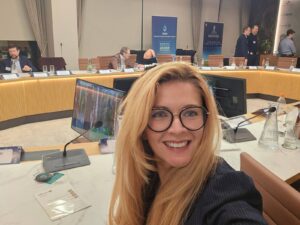 VICE and the Digital Twin at the Pre-Christmas Hydrogen Infoday 11 Dec - Dňa 10. decembra 2025 sme sa zúčastnili podujatia Predvianočný vodíkový Infoday v Bratislave. Súčasťou programu bola prezentácia VICE – Vertical Integrated Cyclic Energy, Hydrogen, vedená Laurie Farmerom a Luciou Malíčkovou.
VICE and the Digital Twin at the Pre-Christmas Hydrogen Infoday 11 Dec - Dňa 10. decembra 2025 sme sa zúčastnili podujatia Predvianočný vodíkový Infoday v Bratislave. Súčasťou programu bola prezentácia VICE – Vertical Integrated Cyclic Energy, Hydrogen, vedená Laurie Farmerom a Luciou Malíčkovou. 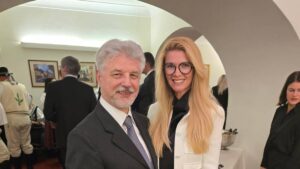 Strengthening Slovak–Romanian Cooperation and the Development of Scientific Partnership 8 Dec - Romania’s National Day is a significant historical milestone commemorating the Great Union of 1918, when Transylvania, Bessarabia, and Bukovina united with the Kingdom of Romania. This moment laid the foundations of the modern Romanian state and remains a powerful symbol of national identity and unity to this day.
Strengthening Slovak–Romanian Cooperation and the Development of Scientific Partnership 8 Dec - Romania’s National Day is a significant historical milestone commemorating the Great Union of 1918, when Transylvania, Bessarabia, and Bukovina united with the Kingdom of Romania. This moment laid the foundations of the modern Romanian state and remains a powerful symbol of national identity and unity to this day.
